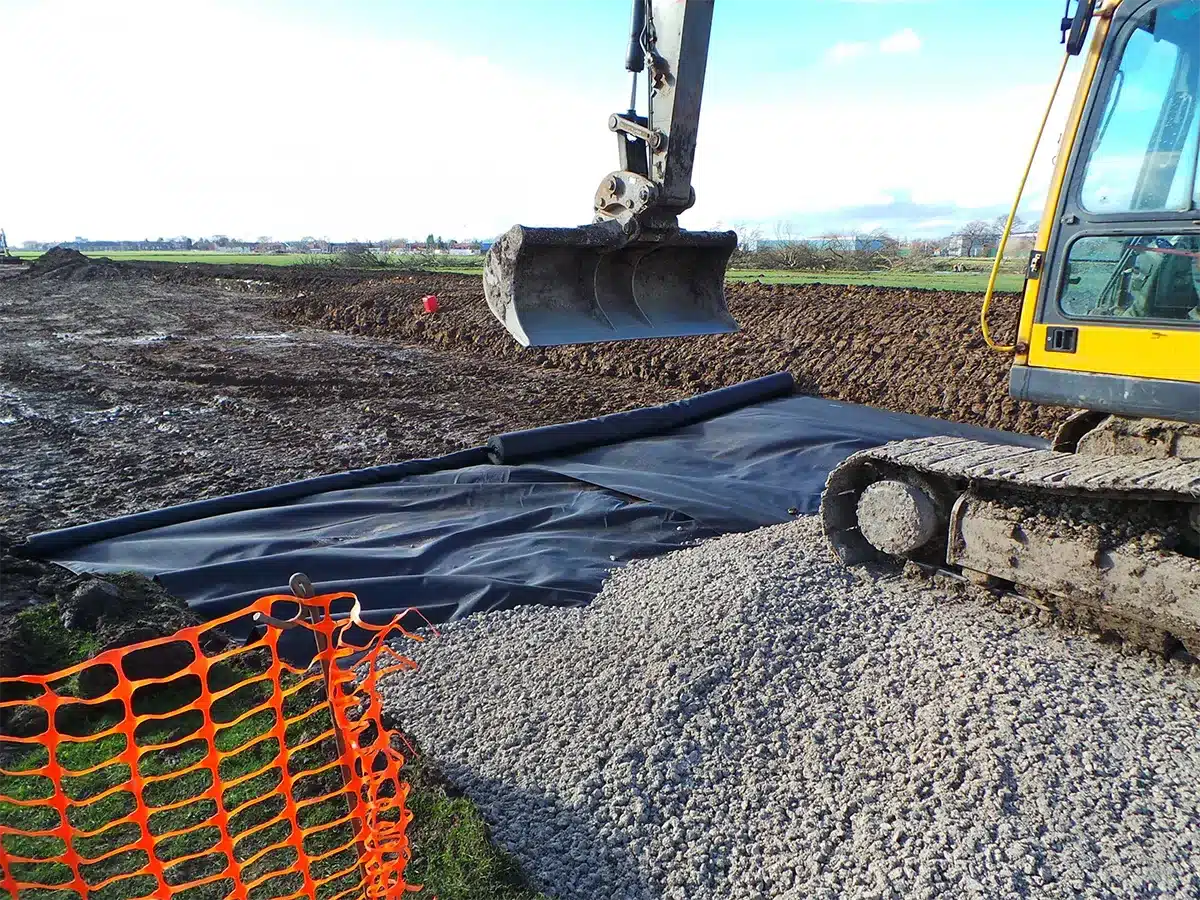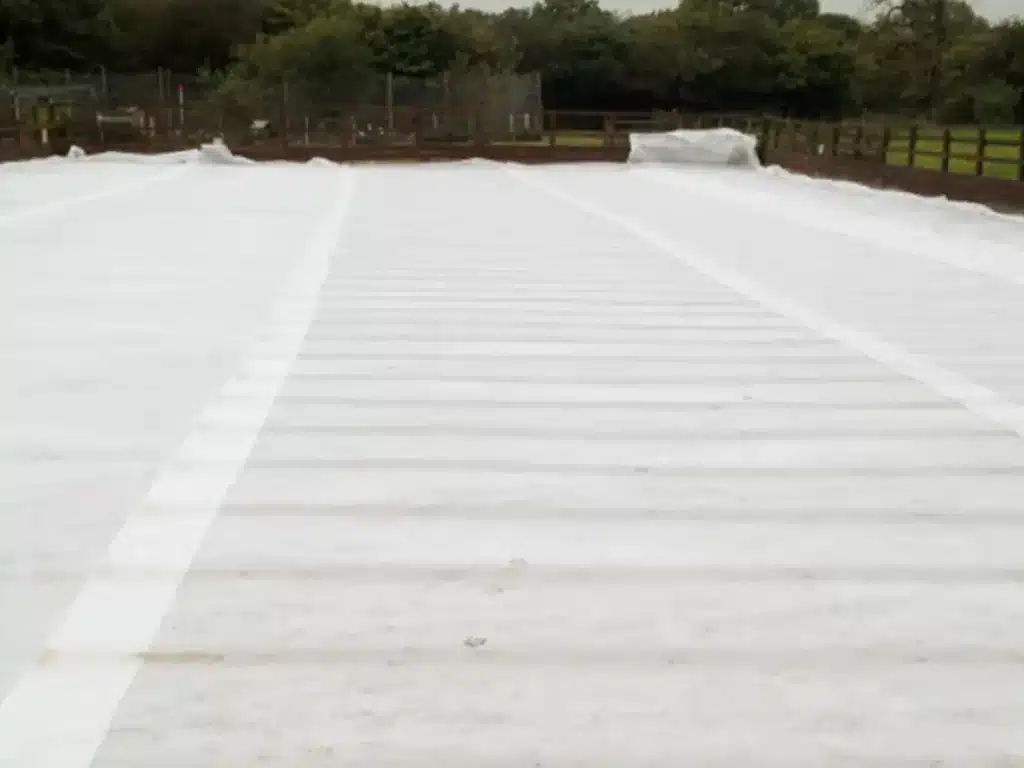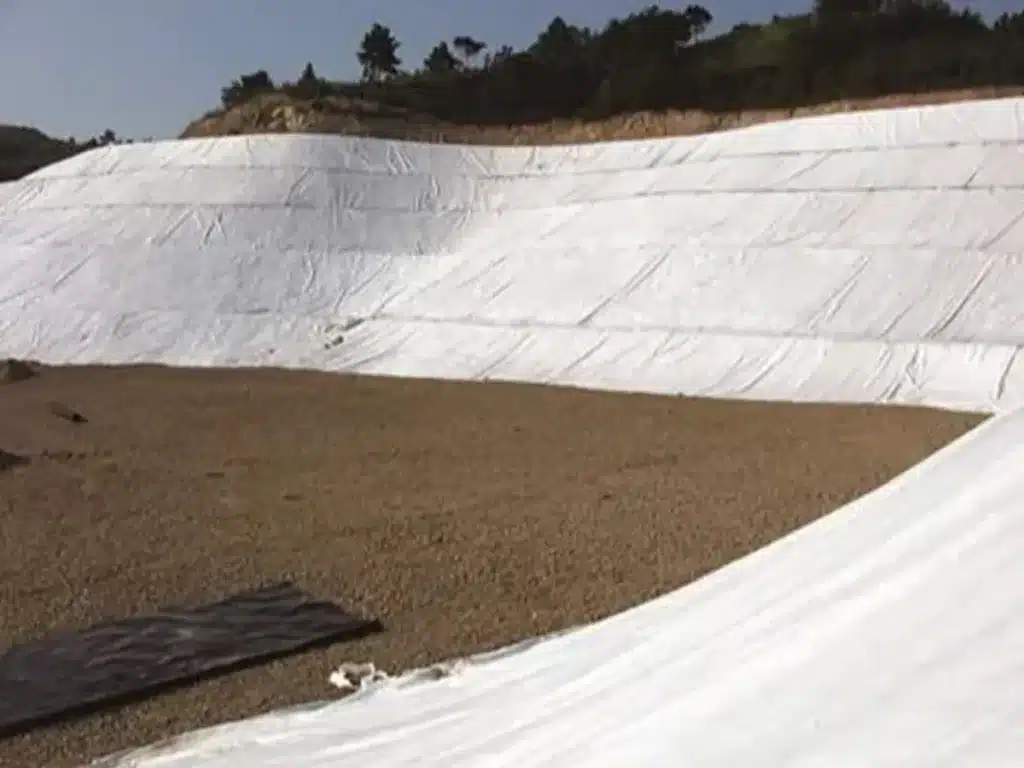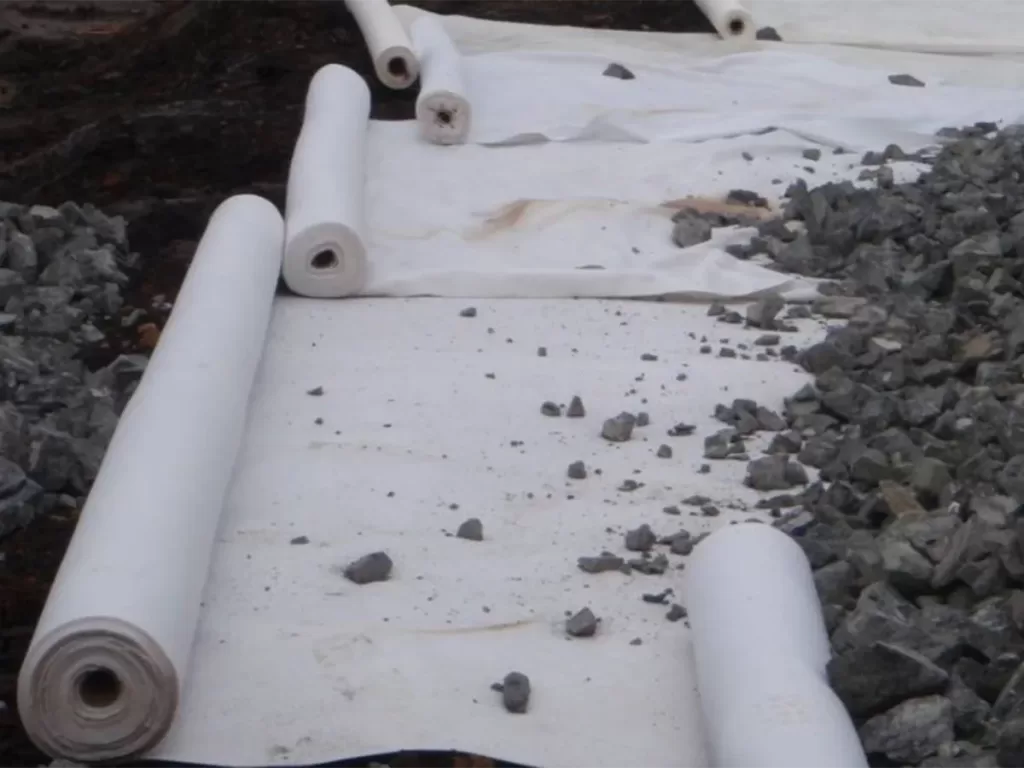+86-159 9860 6917
info@geofantex.com
geofantex@gmail.com
+86-400-8266163-44899
Combating weeds is a common challenge in the quest for a pristine garden or a successful agricultural venture. Enter geotextiles, a fabric used in landscaping and agricultural applications to suppress weeds and stabilize soil. The non-woven weed barrier stands out for its effectiveness and versatility among the available varieties. This article explores the functionality and advantages of non-woven geotextiles, providing clear answers to common questions surrounding their use in weed control and soil management.
Should I use woven or nonwoven geotextile?
When deciding between woven and non-woven geotextiles, consider your specific needs. Woven geotextiles are best suited for applications requiring high strength and stability, such as road construction and soil stabilization under high-traffic areas. Additionally, woven geotextiles are more durable than nonwoven varieties, making them ideal for long-term use in demanding environments. On the other hand, non-woven weed barriers are ideal for weed suppression and moisture retention in gardens and landscapes. Their permeable structure allows water and nutrients to pass through, enhancing soil health while effectively blocking light that weeds need to grow.

Does geotextile fabric stop weeds?
Yes, geotextile fabric is highly effective at stopping weeds, with both non-woven types and woven geotextile fabrics serving key roles. Non-woven geotextiles act as a physical barrier that prevents weed seeds from accessing sunlight, while still letting water and air penetrate to the soil. This ensures that plants can thrive without competing with weeds for resources, thus reducing the need for chemical herbicides and frequent weeding. Additionally, woven geotextile fabrics are excellent for preventing weed growth, providing a robust solution, especially in areas where long-term weed suppression is crucial.
Is woven or non-woven weed barrier better?
For gardeners focused on weed control and soil moisture conservation, non-woven weed barriers are generally better at blocking sunlight effectively, which prevents weed germination and growth. Additionally, their fibrous texture helps to maintain soil moisture levels, which is beneficial for plant health and reduces the frequency of watering. However, in scenarios where strength and durability are paramount, woven landscaping fabrics work best, offering robust protection against weeds while still supporting the soil structure.
Is a weed membrane the same as a geotextile?
While both terms are often used interchangeably, there are distinctions. A weed membrane, also known as landscape fabric, weed barrier, or garden membrane, specifically refers to a fabric used to suppress weeds, and it can be either woven or non-woven. Geotextile is a broader term that includes a variety of fabric types used for different purposes in landscaping and civil engineering, such as soil stabilization, filtration, and drainage. Therefore, all weed membranes are a form of geotextile, but not all geotextiles serve as weed membranes.
Non-woven weed barriers represent a smart choice for gardeners and landscapers looking to manage weeds effectively without the use of chemicals. These barriers provide superior weed control, maintain soil moisture, and ensure the health of your plants. By understanding the specific benefits and applications of non-woven geotextiles, users can make informed decisions to enhance their agricultural practices or garden aesthetics, ensuring lush, healthy growth free from unwanted weeds. Whether for small gardens or large agricultural fields, non-woven weed barriers offer a practical solution to one of gardening’s most persistent challenges.



Get Free Sample
We’ll respond as soon as possible(within 12 hours)






















